E-commerce is an ever-growing industry, considered the most lucrative investment in today’s era. We have prepared this ultimate e-commerce website development guide to help you learn everything about e-commerce web development and build a successful online store.
Over the last few years, online shopping has become an indispensable part of everyone’s life (including yours), especially after the COVID-19 pandemic. It’s evident that the number of online shoppers is drastically increasing.
Statista reveals, in 2020, more than 2 billion people made purchases online, and during the same year, e-commerce sales surpassed $4.2 trillion. In fact, by 2040, it’s estimated that 95% of all purchases will be through e-commerce.
That being said, the current pandemic situation has pushed businesses to go fully digital. Seeing these stats and mounting figures, businesses are striving to make irresistible e-commerce stores. Consequently, seeking a professional web development company that has got immense expertise in e-commerce website development.
Creating a highly interactive, secure, and user-friendly e-commerce store that can sell products worldwide and increase revenue is a dream of every merchant.
However, to make this happen, one needs to emphasize various things, such as types of e-commerce site you want to build, ideal e-commerce web development process, best-in-class platforms, e-commerce pricing, tips to create an incredible online store, and more. And those who have online stores, figuring out how to boost e-commerce business and increase sales.
So without any further ado, let’s begin with a comprehensive guide to e-commerce website development and learn everything about e-commerce development, from how to build an intuitive online store to increase sales.
Ready to dive in and learn? Great!
E-Commerce Website Development: The Quick Introduction
As the name suggests, e-commerce (aka electronic commerce or e-business) refers to buying and selling products or services using electronic devices via the internet.
Simply put, an e-commerce website is a website that allows you to buy and sell products/services online. E-commerce website development is all about building online stores leveraging the latest, advanced tools and technologies.
Your hired web design consultant craft your e-commerce store, keeping your business and customer’s needs in mind. S/he gauges your business exhaustively and then starts to design an e-commerce store for a better customer experience (CX) that drives sales and revenue.
Types of E-Commerce Websites
Depending on whom you wish to cater to (consumers or other businesses), your business objectives, etc., the type of e-commerce website is decided. However, when it’s about e-commerce websites types, you can categorize them into three (widely popular) varieties.
Have a look!
->B2C Online Stores – These types of online stores, aimed to meet the needs of end consumers. These e-commerce stores display and promote products to consumers only. For example, clothes, accessories, gadgets, etc. Amazon and eBay are great examples of B2C e-commerce stores.
->B2B E-Commerce Stores – These e-commerce stores, developed to promote and sell products/services to other businesses in order to increase their reach in a specific demographic or worldwide. Amazon Business and Alibaba Wholesale are great examples of B2B online stores.
->C2C E-Commerce Stores – These websites enable regular individuals and retailers to promote and sell their products or services to end-users. These are third-party websites, enabling promotion and sale with the commission and ad models. eBay is a great example of these types of e-commerce sites.
7 Crucial Things to Consider Before E-Commerce Website Development
Executing Thorough Market Study
The e-commerce industry is ever-evolving — the user interest, intent, and everything is shifting instantly. What’s working today might get obsolete tomorrow. That’s why before you step ahead and begin your e-commerce website development process, you need to ponder and study the market diligently. Learn about e-commerce trends, best UI/UX design tools, etc. Try to see things through customers’ lens, and voila! You’ll have a better understanding.
Paying Attention to Target Customers
Once you research the market well, move ahead and pay attention to your customers. Understand their culture, geography, demography, purchasing inclinations, etc. Identify their needs, what they want from today’s e-commerce sites, what unique values you can add, how you can solve all their pain points, and so on. This will help you create a customer-centric e-commerce site that your users will love, for sure!
Performing Competitor Analysis
If you want your e-commerce business to stand out amidst your competitors, see what they’re doing. Scrutinize everything (from their strategies, planning, execution, their performance, market reach, customer interaction, marketing, SEO tactics, etc.) properly to beat them. If you perform the competitor analysis part rightly, you can easily win a competitive advantage over your rivals.
Creating an MVP
E-commerce stores’ primary objective is to sell products/services and gain better revenue. Right? Creating a Minimum Viable Product (MVP) can help you assess the potential of a business, and also let you know what are then features you need to integrate (via user feedback). If you aim to create an innovative shopping experience for your customers and want a high conversion rate, choosing MVP development is always advisable.
Identifying Features and Customizations
This is of utmost importance. You need to identify the features and customizations you will need for your e-commerce website. If you are building an e-commerce website from scratch, you need to create a detailed features list. Conduct stakeholder meetings, user reviews, free trials, surveys, brainstorming sessions, etc., to understand the relevant features and customizations for your e-commerce project.
Deciding the Technology Beforehand
This is really crucial as your e-commerce website’s performance is dependent on it. See what’s the most trending e-commerce platform on the market. Leverage top e-commerce website development technologies as per your e-commerce business type, niche, want and need. You can also visit your competitors’ websites and see what are the cutting-edge tools and technologies they are using to stay ahead in the game. Accordingly, you can build your e-commerce site.
Determining the Budget
Whether you are creating a startup website or building an e-commerce site, having a budget strategy beforehand is a must. You need to look forward to having an optimal delivery with budget constraints. You don’t have to spend lots of money when it comes to developing an online store. Be smart enough to create a smart budget allocation and investment. This will ensure you get maximum ROI at the lowest cost and also facilitate growth.
Ideal E-Commerce Website Development Process: 9 Steps Involved
Determine Your E-Commerce Business Model
Several types of e-commerce business models exist. As we discussed three major types of e-commerce businesses, you need to determine what type of e-commerce business model you want to go ahead with. Know the differences between B2B, B2C, and C2C e-commerce business models, know where your e-commerce business falls, and choose accordingly.
Know Your Audience
Knowing your customers is essential for any type of business, and it becomes even more important for e-commerce businesses. Understand who your potential customers are and can be, and then plan your e-commerce development accordingly. Make sure everything (from products/services to content), tailored to your potential customers.
Find the Right E-Commerce Platform
The best thing is you’ve quite a few options when it comes to choosing e-commerce platforms. Shopify, WooCommerce, and Magento are some widely popular e-commerce platforms that you can leverage to run your online store. Go with the platform that offers responsive design, product management, CMS, better shopping cart, faster checkout page, secure payment processing, etc.
Choose the Right Hosting Platform
Your selected hosting platform can make or break your e-commerce website. It determines your online store’s accessibility and performance efficiency. Therefore, you need to be very careful while choosing one. While considering the hosting platform, look for speed, uptime, support, scalability, and security to make your e-commerce site more powerful.
Determine Product Categories
Categorizing the products is of utmost importance as it makes things appear organized before your potential customers. Your product categories need to be straight to the point. This helps visitors to decide where they need to go in order to buy a particular product. Plus, keep the navigation, CTAs, and other driving factors on point for better results.
Write Compelling Product Descriptions
Most e-retailers overlook this part while developing an e-commerce site. However, it’s crucial to include personalized product descriptions in your online store. Product descriptions tell customers about the product, on which basis they decide whether to buy the product or not. Therefore, you need to write as enticing product descriptions as possible to attract more and more customers.
Test Meticulously and Deploy
Get this straight — when it comes to e-commerce website testing, you can never test enough. Testing checks usability, customer convenience, checks for bugs, and ensures a smooth shopping experience. So you need to ensure testing your online store on various browsers, across platforms, and devices. Therefore, deploy a glitch-free e-commerce site.
Market Effectively
Your website is live. Now what? Well, it’s time to market it effectively so that it reaches your potential customers. Don’t try to do it on your own if it’s not your forte. Hire a reputed e-commerce marketing agency that can create an effective marketing strategy with a well-thought-out plan and promote your e-commerce store on digital channels.
Adapt and Grow
And it’s a never-ending process. To keep your e-commerce site ahead of competitors, you need to keep adapting to the latest e-commerce development trends and grow accordingly. There’s no substitute for that. Upgrade your e-commerce site regularly and keep your online store running smoothly. Periodically check for security updates and implement the newest security practice.
How Much Does It Cost to Build an E-Commerce Website in Today’s Age?
This question must have crossed your mind at least once while thinking of developing an e-commerce site. Right? Well, honestly speaking, that’s a tricky question many fails to answer correctly and honestly.
Because no one can tell you a “set in stone” cost that goes well with all types of e-commerce websites. The price has to vary, depending on your e-commerce business type, niche, size, features, functionalities, data imports, integrations, budget, and a lot more.
Though if we talk about an average e-commerce website development cost, it can go from $40,000 (for a simple, basic website) to $3,00,000 or more (for complex and enterprise websites) in some instances. Yes, it’s not a precise estimate, but that’s what the thing with e-commerce development is you can’t estimate the precise cost at all.
“Proven-to-Work” Tips to Develop an Irresistible E-Commerce Website
->Simplify Menu – Organizing your e-commerce menu is a great way to attract (and keep) customers on the site. Categorize your menu well, use the hamburger menu, keep navigation as easy as possible, etc. All in all, simplify your menu for more sales.
->Minimize Efforts in Your Checkout Process – Today’s buyer wants everything faster, and if you’re wasting their time on checkout process page, they will move to your competitor’s site. Therefore, to rescue that, minimize the efforts and steps in your checkout process, and make it as faster as you can.
->Go Mobile-Friendly – Mobile devices account for more than 54% of global website traffic, which means if you don’t have a mobile-friendly website, you will be left behind. Therefore, you need to optimize your e-commerce website for mobile devices to drive more traffic and revenue.
->Emphasize SEO – Research shows that around 87% of shoppers begin product searches online via search engines or so. If you want your potential customers to find your site, your e-commerce website needs to appear on the top searches. For that, you need to plan SEO for your e-commerce website.
->Incorporate Customer Reviews and Testimonials – Testimonials and reviews add credibility to a website. It becomes even more crucial for e-commerce sites to incorporate customer reviews and testimonials as many customers buy products/services after going through the reviews. So it’s important to feature testimonials on your e-commerce site.
->Set Up Multiple Payment Methods – The world has evolved, and your e-commerce needs to as well. You need to incorporate multiple payment methods on your e-commerce site. From COD to debit/credit card and digital wallet, accept as many payment options as possible so that your customers don’t move to another website.
->Strengthen Your Customer Service – If your customer service is spot on, you will never lose customers. Answer all the questions and problems of your customers as quickly and precisely as possible. Ensure you have readily available customer service support through various options, such as phone, email, live chat, and others.
E-Commerce Website Development: Final Words
Today’s buyers expect a fast-loading, highly secure, and friendly e-commerce site where they can shop hassle-free. The journey of building a successful e-commerce website starts with defining business needs, goals, and budgets.
That said, we hope this comprehensive guide to e-commerce development helped you learn all about e-commerce website development and helped you understand how you can generate endless business opportunities via an incredible online store.
Are you ready to create a seamless online shopping experience through an intuitive e-commerce site that will convert visitors into shoppers, drive more sales and revenue? Start now!
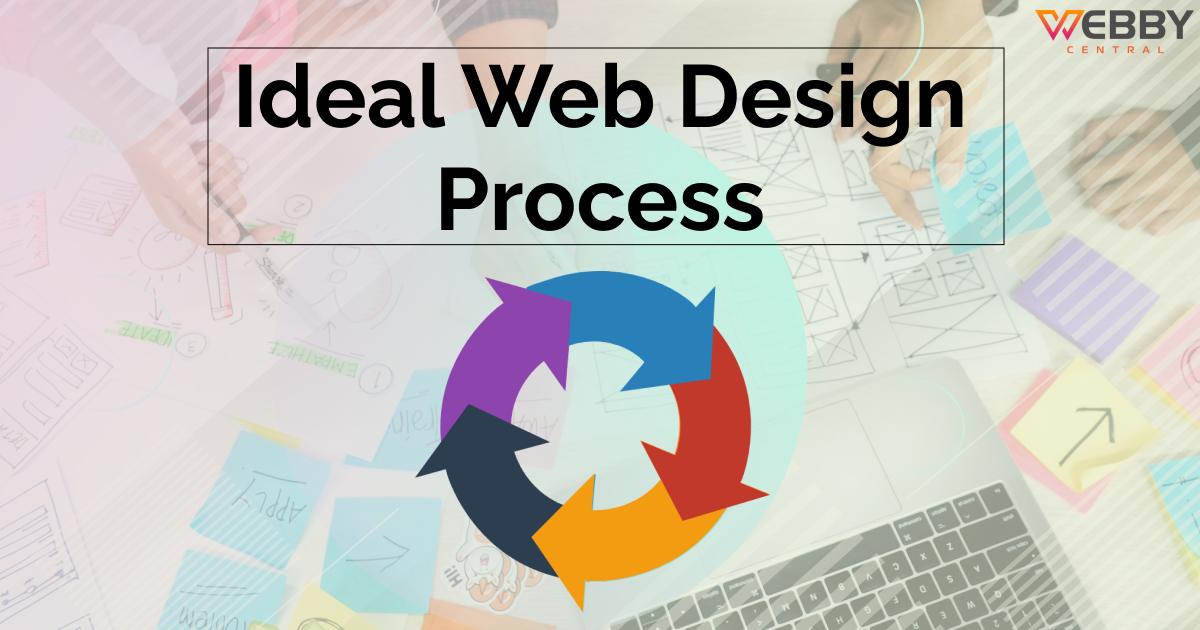
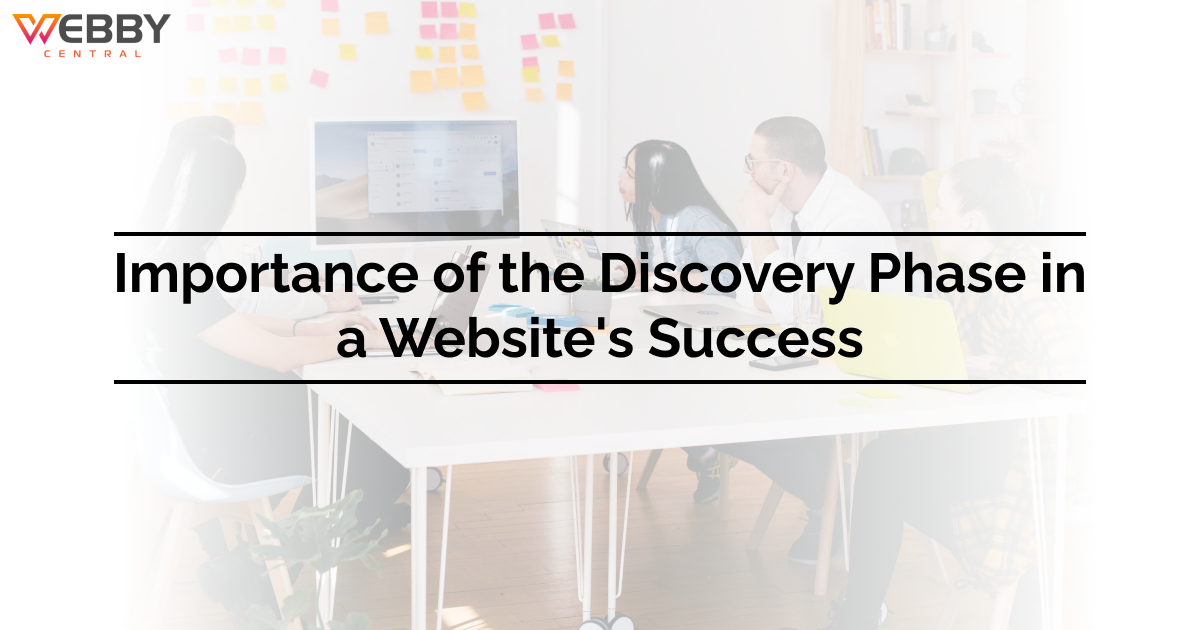

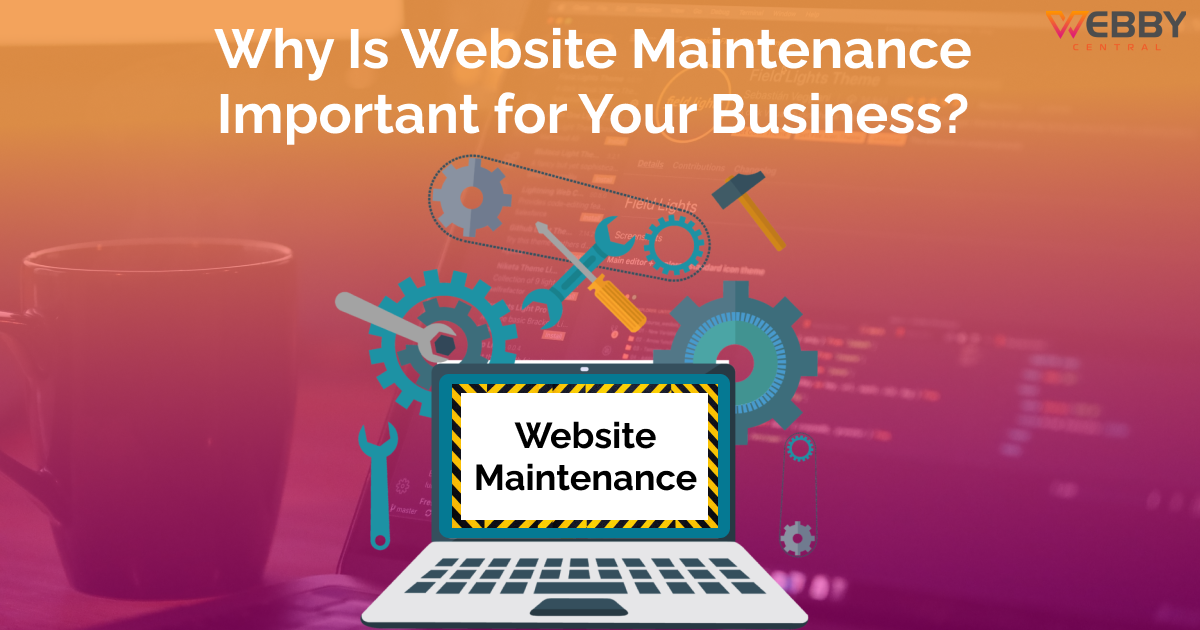
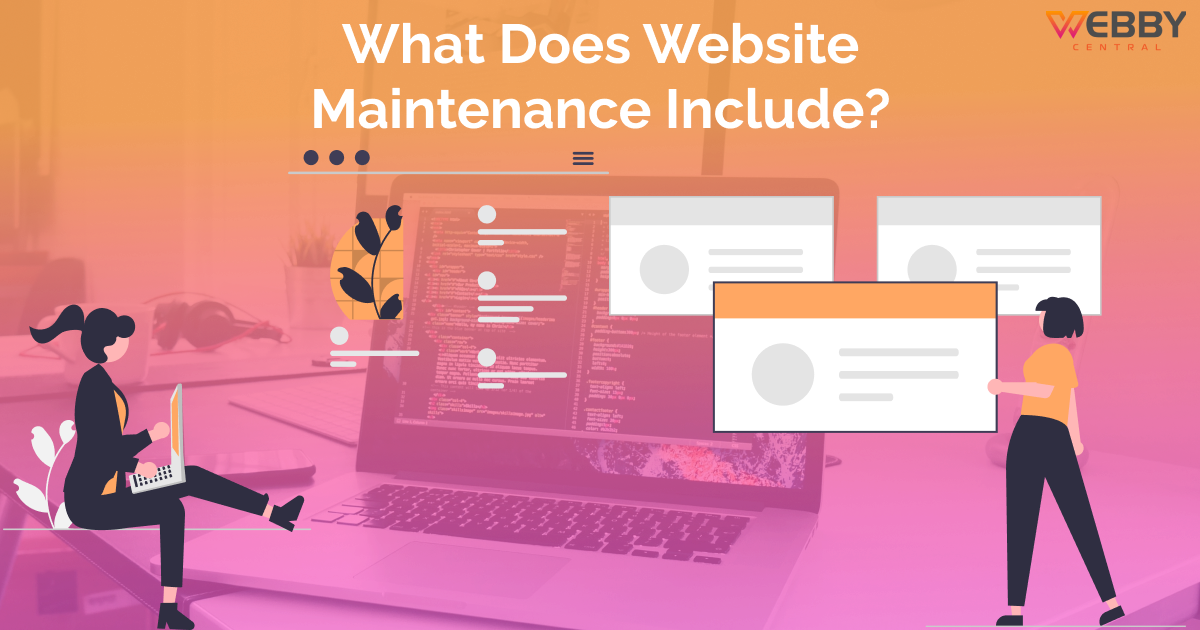
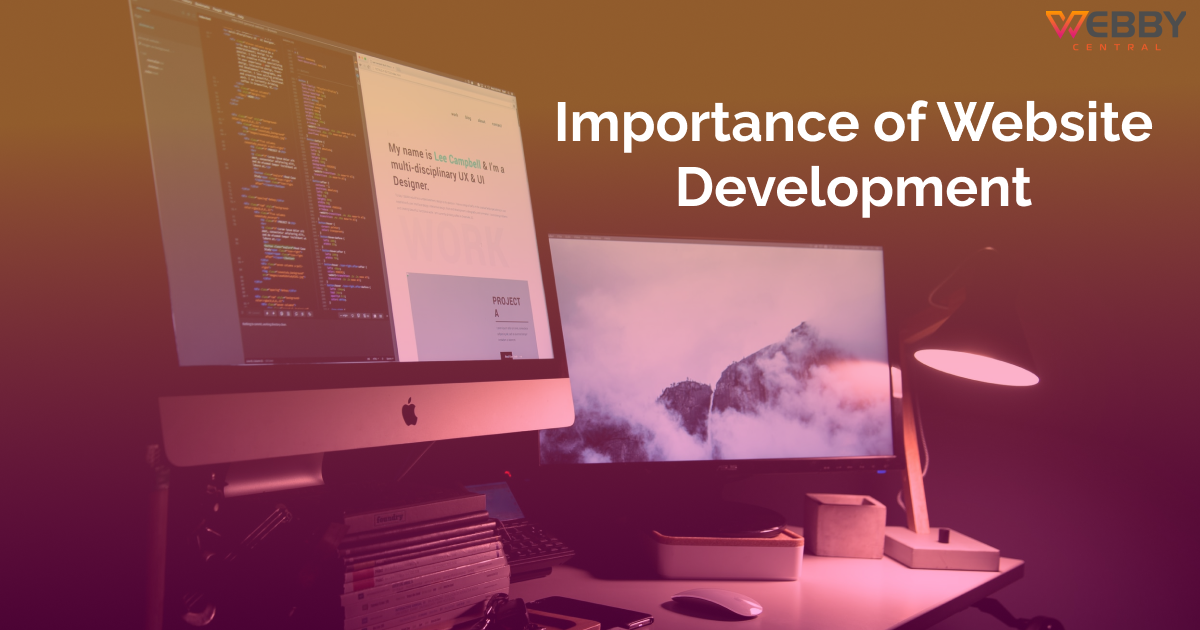
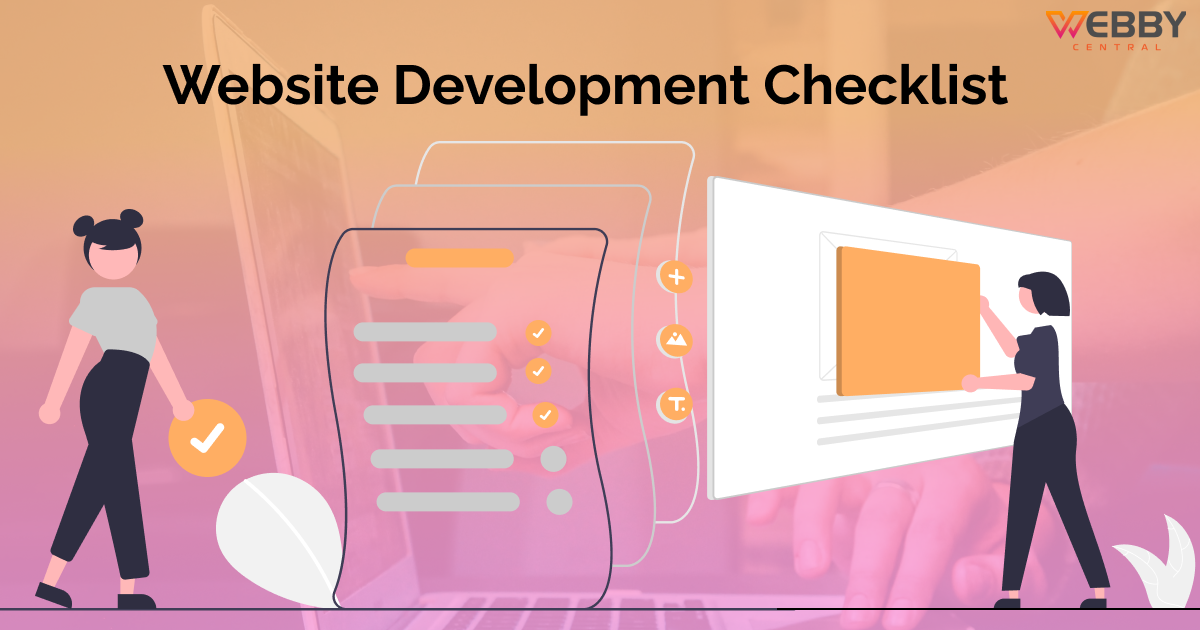
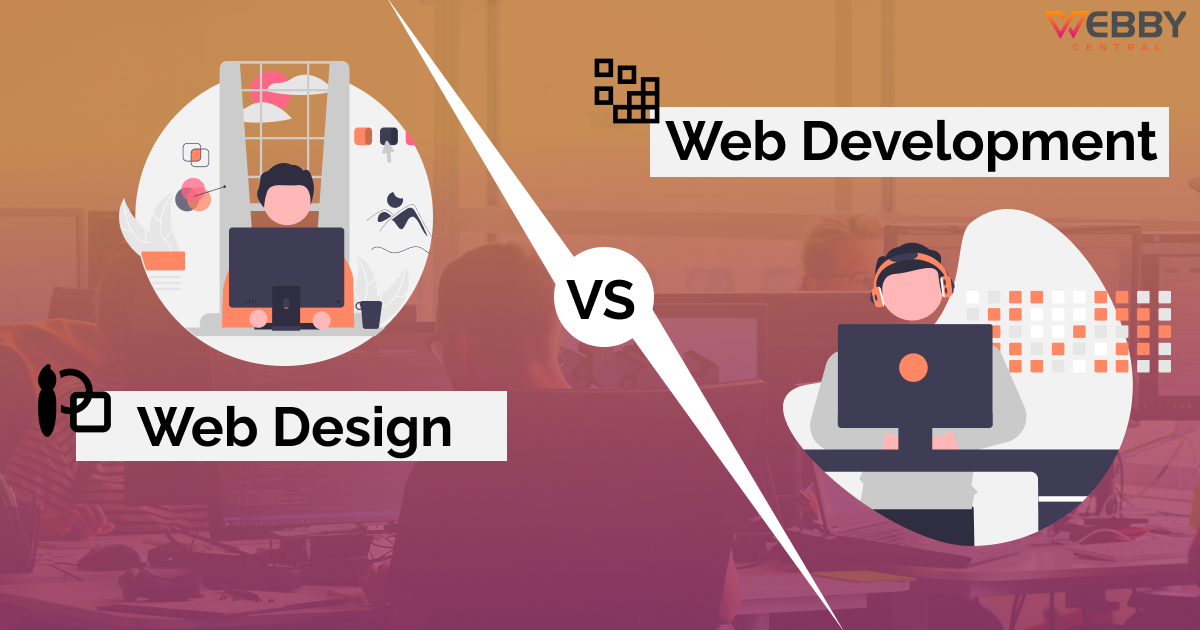


Write A Review